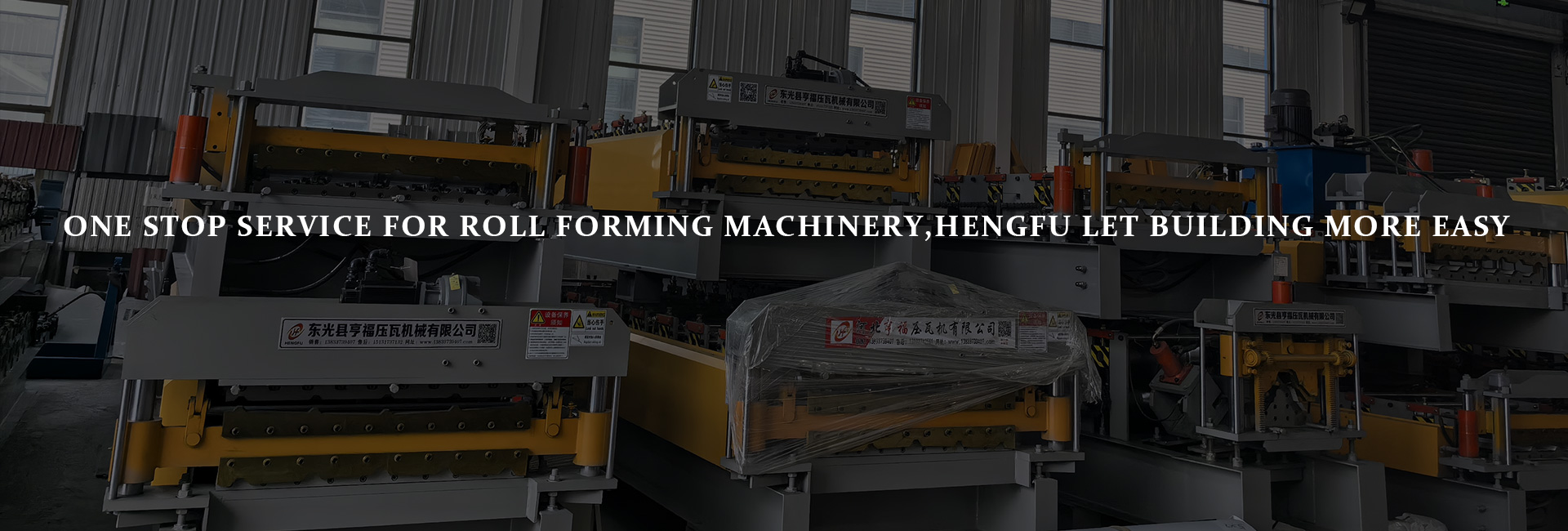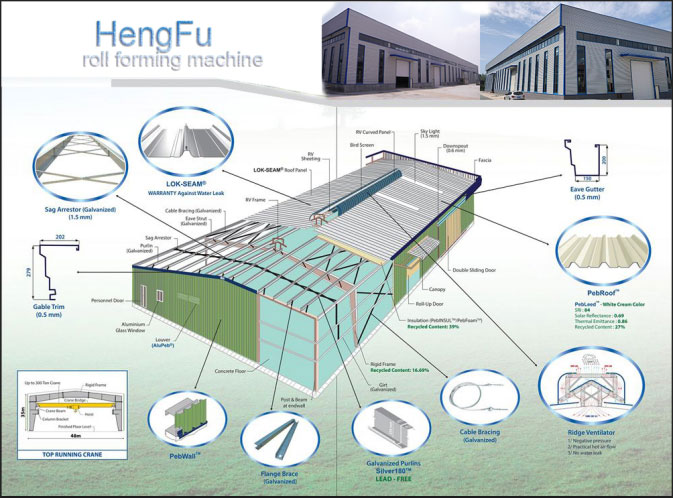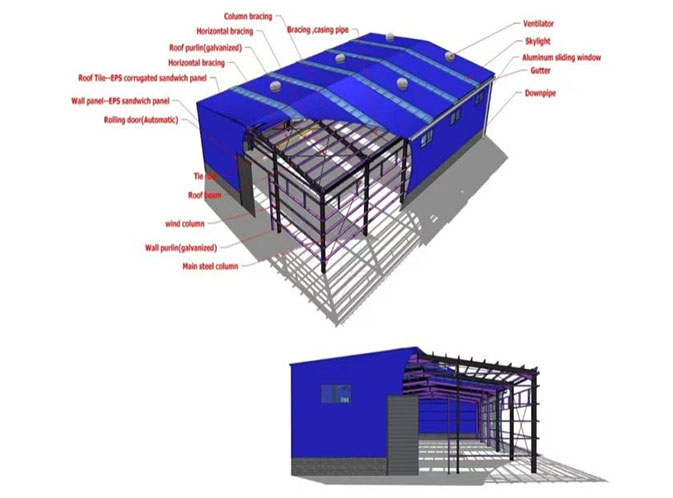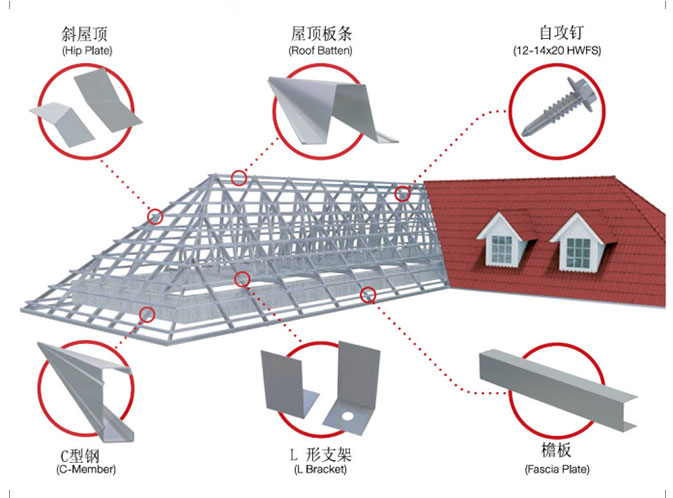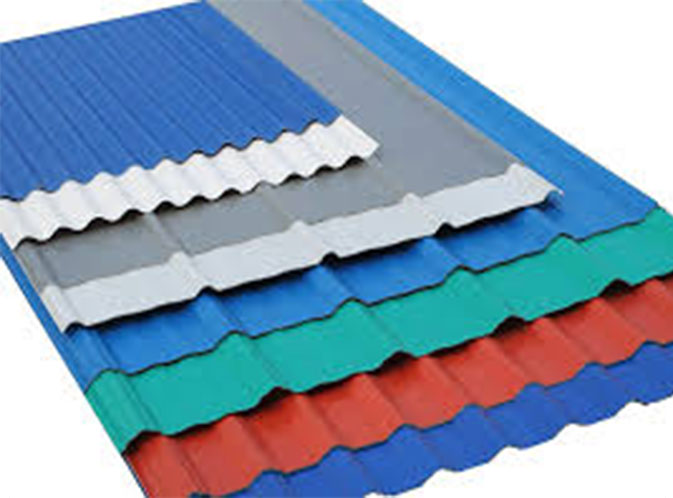Systematic Solutions for Waviness and Warping in Double-Layer Roll Forming
writer:优化 release time:2025-07-13 04:48:14 Views:129frequency
Double-layer roll forming has gained significant traction in manufacturing lightweight structural components for automotive, architectural, and aerospace applications due to its high efficiency and adaptability. However, waviness and warping remain the two most persistent defects, significantly affecting surface quality, dimensional stability, and structural integrity. This article provides a systematic analysis of these defects based on international research and presents scalable engineering solutions with quantifiable outcomes.
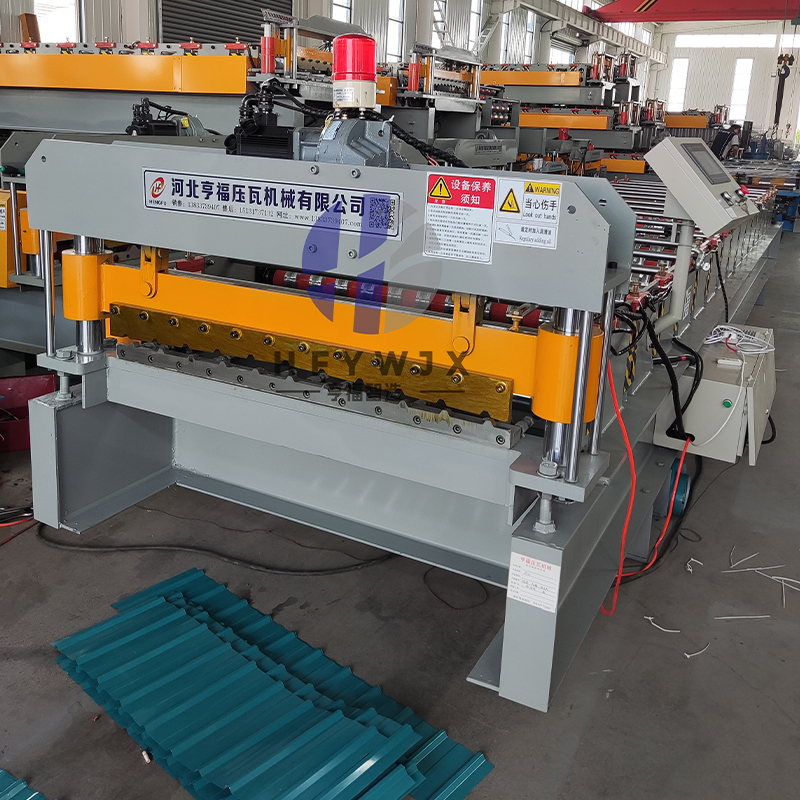
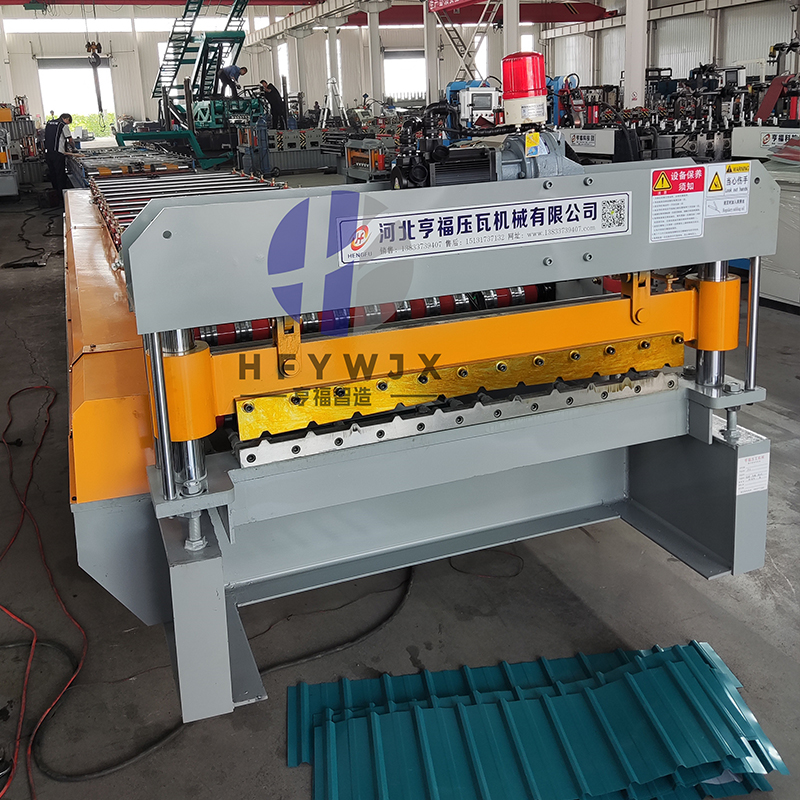
1. Multiscale Analysis of Defect Formation Mechanisms
1.1 Thermal Stress Mismatch at Material Interfaces
In dissimilar metal laminates (e.g., stainless steel-carbon steel or aluminum-titanium composites), differences in thermal expansion coefficients during cooling often lead to stress concentration at the interface, triggering micro-slip and layer-wise plastic deformation. Studies have shown that, without pre-tensioning, a laminate with a 1:3 thickness ratio may exhibit warping up to 1.2% of its width. By applying controlled tension and regulating the cooling gradient, this value can be reduced to below 0.3%.
1.2 Mismatch in Forming Parameters
A review published in the Journal of Engineering and Applied Science reveals that, in incremental roll forming processes, deviations greater than 0.5° in roller alignment or more than 5% in speed variation can significantly disrupt material flow and induce uneven strain distribution—leading to waviness and edge lifting. Real-time alignment correction using laser interferometry has been shown to effectively mitigate such issues.
1.3 Predictive Value of Finite Element Simulation
Recent finite element analysis demonstrates that warping prediction accuracy is highly dependent on the assumed cross-sectional model. Simulations using semi-circular assumptions showed less than 8% error compared to real measurements, whereas rectangular models produced deviations up to 23%. This validates the effectiveness of variable curvature rollers in promoting uniform stress distribution, with improvements of up to 41% in residual stress homogeneity.
2. Engineering Solutions for Defect Remediation
2.1 Tension Control in Pre-Processing
Drawing from advanced composite fiber placement technologies, dynamic tension control modules can be integrated upstream in the roll forming line:
·A three-phase variable frequency motor drives the active roller with ±0.1 mm precision along the X-axis.
·A servo-driven vertical roller equipped with force sensors provides real-time Y-axis contact pressure feedback.
·A PID-controlled feedback loop maintains material elongation fluctuations within ±0.3%.
When applied to aluminum/titanium laminates, this approach reduced waviness amplitude from 0.8 mm to 0.15 mm, meeting stringent aerospace-level requirements.
2.2 Multi-Dimensional Process Parameter Optimization
Based on findings from the Journal of Materials Engineering and Performance, a four-dimensional parameter optimization matrix is proposed:
| Parameter | Target Range | Performance Index |
|---|---|---|
| Roller Temperature | 150–250°C | Heat-affected zone depth ≤ 0.5 mm |
| Rolling Speed | 5–15 m/min | Strain rate ≤ 10 s⁻¹ |
| Lubrication Coefficient | 0.08–0.15 | Friction coefficient ≤ 0.05 |
| Cooling Rate | 20–50°C/s | Microstructure homogeneity ≥ 90% |
This model has been successfully implemented in electric vehicle battery tray manufacturing, reducing warping deformation from 3.2 mm/m to 0.8 mm/m, in line with ISO and GB standards.
2.3 Post-Processing Stress Relief
Incorporating non-destructive testing data, a three-step stress-relief process is recommended:
·Ultrasonic Impact Treatment: A 20 kHz ultrasonic probe targets defect zones to reduce residual stress by 35–50%.
·Localized Heat Treatment: Inductive heating raises the temperature just below Ac1 (by ~20°C), with dwell time calculated using t = 1.2 × D² (where D is plate thickness).
·Mechanical Straightening: A six-axis robotic arm with a three-point bending jig achieves straightening force control within ±50 N.
This method has proven effective in architectural panel applications, reducing flatness deviation from 2.5 mm to 0.3 mm.
3. Digital Transformation in Quality Control
3.1 Real-Time Monitoring and Closed-Loop Control
An integrated system using laser displacement sensors (±2 μm accuracy) and infrared thermography (range: -20 to 1500°C) establishes a dual-loop control structure:
·Geometric Loop: Neural network algorithms predict final warping based on real-time profile data.
·Thermal Loop: Adaptive control of cooling fluid flow ensures temperature gradients remain within 15°C/cm.
This system has improved first-pass yield from 68% to 90% in mass production and reduced machine downtime by 40%.
3.2 Data-Driven Process Optimization
Using the ISO 286-2-based quality loss function:
L(y) = k(y − m)²Where k is the loss coefficient, y the actual measurement, and m the target. An XGBoost machine learning model trained on 5,000+ datasets enables:
·≥90% accuracy in rolling parameter prediction
·≥90% defect classification accuracy
·<30-second process adjustment response time
This framework forms the foundation of intelligent control modules in modern double layer roll forming machines.


4. Future Technology Outlook
4.1 Adaptive Intelligent Roll Forming
The Fraunhofer Institute in Germany has developed an adaptive double layer roll forming machine using smart rollers embedded with piezoelectric ceramics. Key capabilities include:
·Real-time monitoring of roll gap pressure distribution
·Automatic compensation of shape deviations as small as 0.01 mm
·Surface roughness modulation based on in-process feedback
Initial results show a 12% increase in material utilization and up to 18% energy savings.
4.2 Digital Twin Platforms
The U.S. National Institute of Standards and Technology (NIST) has introduced a digital twin architecture for roll forming, featuring:
·A constitutive material model library with over 200 metal types
·Multi-physics coupling solvers
·Virtual commissioning and optimization environment
Using this platform, product development cycles have been cut from six months to two, with prototyping costs reduced by over 60%.
References
1.Prajwal Agrawal et al. (2022). A comprehensive review on incremental deformation in rolling processes. Journal of Engineering and Applied Science.
2.J. Angel Diosdado-De la Peña et al. (2025). Modeling of Direct Energy Deposition for Wire Laser Additive Manufacturing. Journal of Materials Engineering and Performance.
3.Stig McArthur et al. (2025). Assessing the effectiveness of rework in automated fibre placement-produced composite laminates. Composites Part A: Applied Science and Manufacturing.
4.NIST (2024). Digital Twin Framework for Roll Forming Processes. U.S. National Institute of Standards and Technology Technical Reports.


